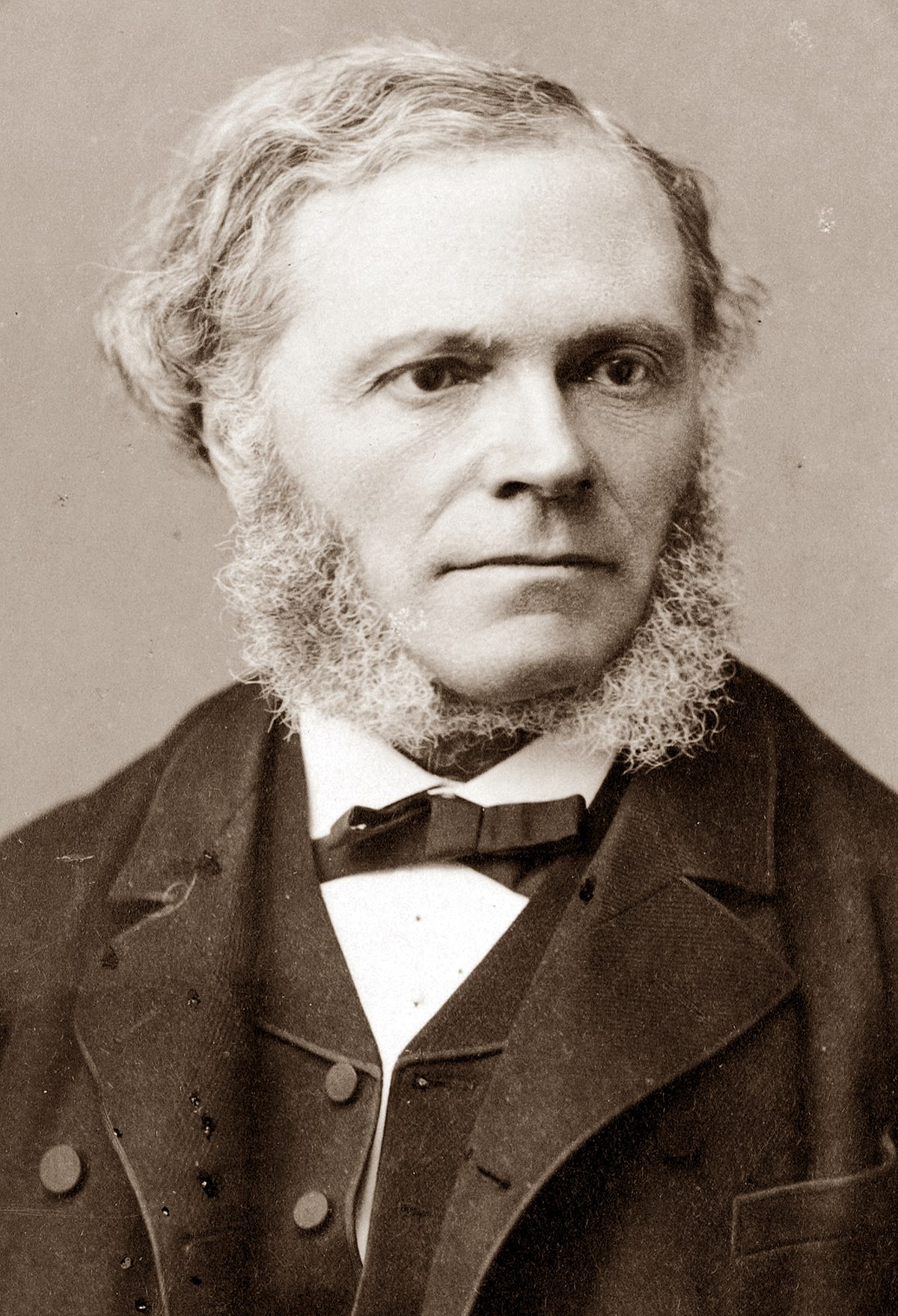Originally posted by vinteuil
View Post
BaL 23.09.17 - Franck: Symphony in D minor
Collapse
X
-
... when I'm in the region I pop in for a brunch - I was there in July...Originally posted by verismissimo View PostDid a walkthrough in the spring, but didn't spot you there vinty.
Incidentally, in the (excellent) Proust à Cabourg by Christian Péchenard you learn that -
- the bust on the reception counter, whoever it is - it ain't Proust
- the (extra expensive) room deemed to be the one used by Proust - was not one used by Proust...
.
Comment
-
-
I'll get back to you on this - but Franck takes the 18th Century minor third relationship between a minor key and its relative major (here d minor and F major) and explores how this might be used as the basis of much of the key/chord manoeuvres of the whole work. (This is made clear at from the beginning - the first presentation of the "slow-then-fast" first idea is in d minor (as expected), but then - before the Second Group appears - this bit of the Exposition is repeated, but in f minor; a minor third lower than the first time. F minor is ingenious, as it's close enough to the (traditionally) expected key of the Second Group (F major) whilst also unexpected in "traditional" Sonata patterns.Originally posted by Alison View PostGetting back to the Symphony, and particularly if Ferney is onboard, how good are its 'key relationships'?
Correspondingly, when this material returns in the Recapitulation, the initial return is (as expected) in D minor, but then the tonality lurches to B minor. In other words, another minor third away from the Tonic, but this time a minor third lower than the tonic, to balance out the minor third higher of the Exposition.
(Key/chord relationships a minor third apart are prominent features of the Development section of the First Movement, too - Ab minor is a pivotal key there: it's reached by a descending sequence of key relationships a minor third apart - F maj; D maj; B minor; Ab minor - and the return to the tonic is initiated by these keys in reverse.)
Now - the First movement ends with a tierce de picardie, with a D major chord. So, if the third from the root of the tonic has been changed from minor to major (F natural becomes F#) what happens if the work goes on to explore Major third relationships? Well - a major third lower than D is Bb. The key of the start of the Second movement is Bb minor. (And there're important moves to G minor [minor third away from Bb] and Eb major [major third from G] - and the Second movement also ends with a tierce de picardie in Bb major. The finale immediately starts in D major - but the link with the previous movement is continued by the use (in those loud chords) of Bb major - D major.
But this is only scratching the surface - and it's teatime![FONT=Comic Sans MS][I][B]Numquam Satis![/B][/I][/FONT]
Comment
-
-
There's a Franck Symphony 'Discography' on-line which aims to list its recordings. All the 'greats' of the past had it in their repertoire, including Ansermet, Barbirolli, Beecham, Bernstein, Boult, Cantelli, Dorati, Furtwangler, Giulini, Klemperer, Maazel, Monteux, Munch, Ormandy, Paray, Silvestri, Stokowski, Svetlanov, Szell, Toscanini and many others. However, does it get played very much these days? ...Originally posted by BBMmk2 View PostFranck’s Symphony in D minor, doesn’t seem to be recorded, these days.
Anyway, I'm happy enough with Boult, Paray, Silvestri, Stokowski and Toscanini on CDs and certainly don't need any more!
Comment
-
-
I think you need MonteuxOriginally posted by seabright View PostThere's a Franck Symphony 'Discography' on-line which aims to list its recordings. All the 'greats' of the past had it in their repertoire, including Ansermet, Barbirolli, Beecham, Bernstein, Boult, Cantelli, Dorati, Furtwangler, Giulini, Klemperer, Maazel, Monteux, Munch, Ormandy, Paray, Silvestri, Stokowski, Svetlanov, Szell, Toscanini and many others. However, does it get played very much these days? ...
Anyway, I'm happy enough with Boult, Paray, Silvestri, Stokowski and Toscanini on CDs and certainly don't need any more!
Comment
-




Comment